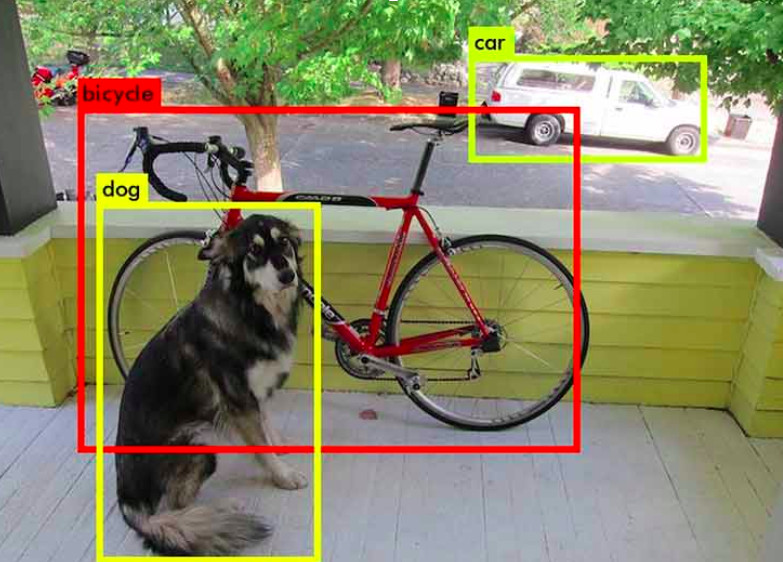Automated Article Generation for WordPress Platforms
This project seamlessly integrates OpenAI's ChatGPT API with WordPress, automating content creation and uploads. By connecting with ChatGPT, the program autonomously generates articles based on enhanced prompts, which are enriched with web-scraped data. This innovation not only streamlines the content creation process but also optimizes content management workflows, reducing manual intervention. The result is a time-efficient, sustainable solution for regular blogging, pushing the boundaries of AI-powered digital content management.



